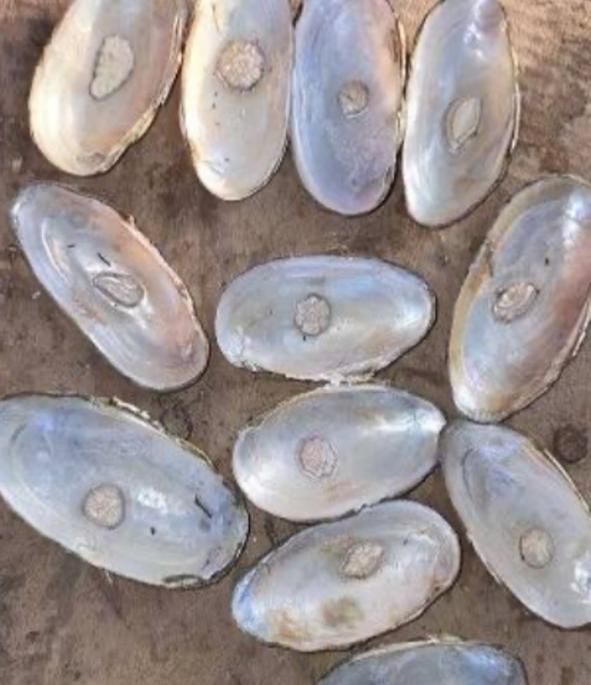




*Pearl farming representational picture.
Centre notified the development of Hazaribagh as the first pearl farming cluster with Rs 22 crore investment under the Pradhan Mantri Matsya Sampada Yojana (PMMSY) in collaboration with the Jharkhand government.
As a pilot project in 2019-20 under the state plan has now evolved into a structured ecosystem focusing on skill development, with specialised training centres established across the state to teach farmers the intricate art of pearl cultivation.
The Purty Agrotech Training Centre, established in Ranchi in 2024 using corporate CSR funds, has emerged as the nerve centre of this training revolution. The facility has already trained over 132 farmers from across the state in advanced pearl culture techniques, with these trained farmers now cascading their knowledge to others in their respective districts, creating a multiplier effect.
"Training is the backbone of successful pearl farming. We are focusing on round pearl culture as it fetches more returns compared to designer pearls," said Budhan Singh Purty, a mechanical engineer from NIT Jamshedpur who runs the training centre and has become one of the state's few surgical experts in round pearl cultivation


The training programmes emphasise skilled surgical grafting techniques, use of specialised instruments, and careful post-surgical management -- critical factors that determine survival rates and quality of pearl production. This focus on technical expertise is crucial since culturing round pearls demands precision to ensure high survival rates and quality production.
Recognising the sector's potential, St Xavier's College, Ranchi, has introduced certificate courses in pearl farming ranging from six months to one-and-a-half years, integrating academic research with practical field experience.
"Pearl farming is going to be a rising sector in Jharkhand and provide job opportunities to youth. The knowledge of science along with field experience will help develop enterprising skills," Professor Ritesh Kumar Shukla told PTI.
The state's emergence as a pearl farming hub is driven by compelling economics -- round pearls can be cultivated in backyard settings using cement tanks, buckets, or fish tanks, and yield profits of more than ten times the investment. The cultivation can be done in small spaces, making it accessible to small farmers and youth seeking alternative livelihoods.
The economics are straightforward: it costs Rs 35-50 to nurture one mussel for three years until it produces a pearl, which then sells for up to Rs 1,000, depending on quality. This means farmers can expect significant returns on relatively modest investments.
A report in the Times of India said that around 300 independent farmers are into pearl culture on their own. On average, 60-70 lakh pearls are produced annually but there is immense scope which is yet to be tapped.
One farmer said that he currently makes Rs 15lakh-Rs 20 lakh annually through pearl culture. "I began with a meagre Rs 5,000 in my pond after watching YouTube videos. I didn't succeed for a few years. Thereafter, I went to the Central Institute of Fresh Water Aquaculture in Bhubaneshwar to get formal training. Thereafter, I didn't look back," he said.
He also said, "Steady sources of clean water are key requirements for pearl culture. Given the aquaculture infrastructure available in Jharkhand, only govt patronage was needed to boost this sector."
Three years ago when former Union tribal minister Arjun Munda roped in TRIFED to launch the country's first govt-sponsored pearl culture in Khunti's Arki region, Purty's firm — Purty Agrotech — was roped in for hand-holding the farmers. Ironically, soon after the launch, that project fizzled out due to release of funds, sources in TRIFED said.
Considering the state fisheries department's proven legacy in bringing the blue revolution to Jharkhand, director Dwidedi said he is optimistic about propagating this new concept to a larger level.

